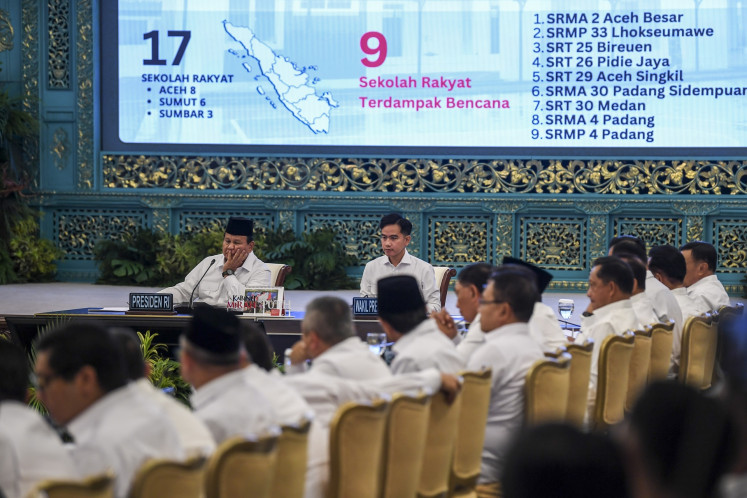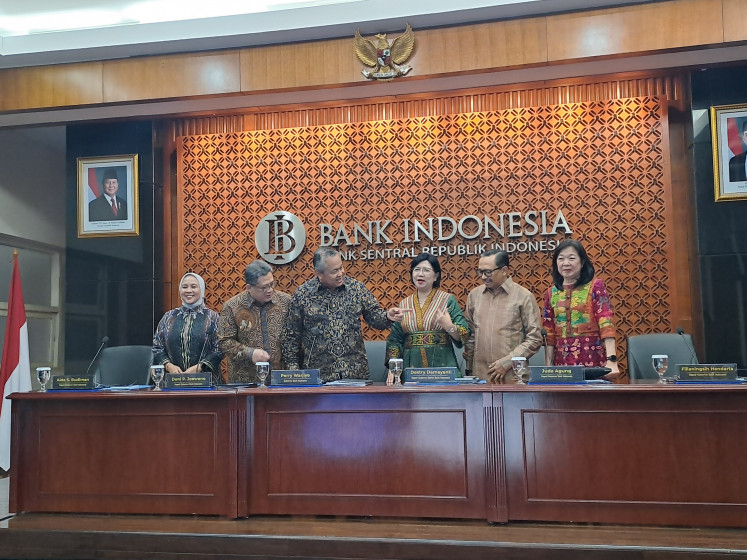Popular Reads
Top Results
Can't find what you're looking for?
View all search resultsPopular Reads
Top Results
Can't find what you're looking for?
View all search resultsExplainer: A look back at the significance of labor movements
While some people might say that May Day rallies do little but cause congestion and damage to public facilities around the country, Indonesians have labor movements to thank for the better working conditions they enjoy today.
Change text size
Gift Premium Articles
to Anyone
While some people might say that May Day rallies do little but cause congestion and damage to public facilities around the country, Indonesians have labor movements to thank for the better working conditions they enjoy today.
It was only 10 years ago that Indonesia first commemorated International Workers’ Day on May 1 as a national holiday, but labor movements in the country have a much longer history of fighting for greater workers’ rights and bringing about change.
What have labor movements done for Indonesia?
Holiday bonus
It was thanks to labor demonstrations that workers today are entitled to their annual holiday bonuses (THR), which are usually disbursed just before the Idul Fitri holiday.
In the early 1950s, as Indonesia was still in its infancy as a newly independent country, only civil workers, known at the time as pamong praja, received a bonus of sorts, in the form of a loan they had to pay back through their paychecks in the following months.
The Central Bureau of the All-Indonesian Labor Union (SOBSI), the labor wing of the now-defunct Indonesian Communist Party (PKI), began staging nationwide demonstrations in 1952, demanding that all workers be given bonuses.


















